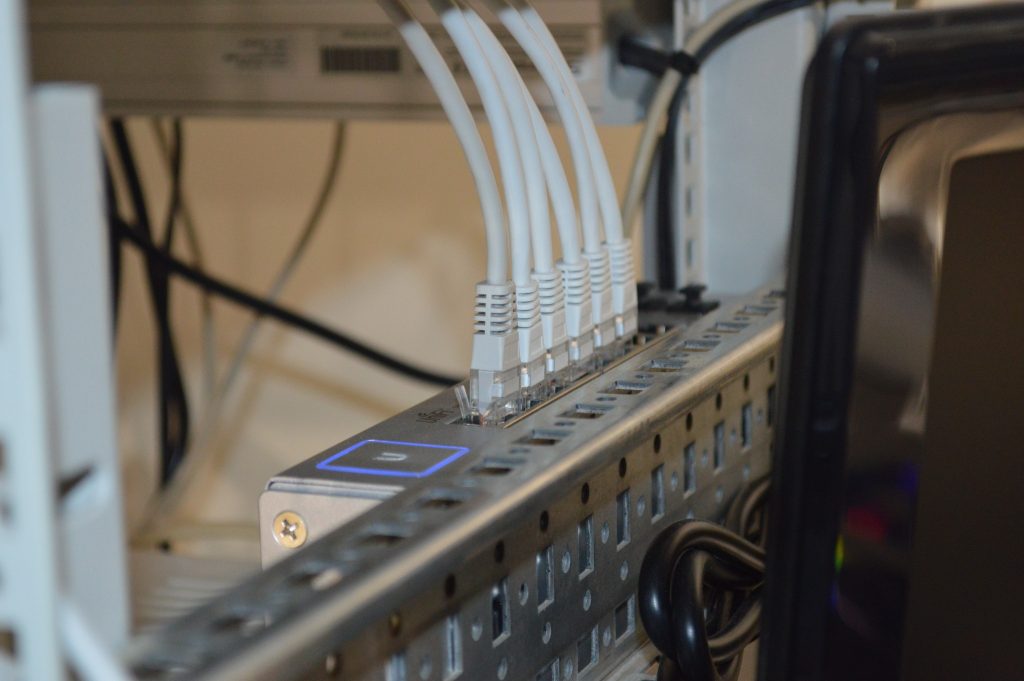The art of deterrence in security systems is a multifaceted and evolving discipline aimed at keeping intruders at bay through a combination of advanced technology, strategic design, and psychological tactics. At its core, a well-designed security system serves as a formidable barrier, dissuading potential intruders by creating an environment of risk and uncertainty. High-tech surveillance cameras equipped with facial recognition software and night vision capabilities act as vigilant sentinels, providing round-the-clock monitoring and recording of activities. Access control systems, including key cards, biometric scanners, and smart locks, reinforce the physical fortifications, restricting entry only to authorized personnel. The integration of artificial intelligence further enhances the system’s ability to detect anomalies and potential threats in real-time, enabling swift responses. Strategic design plays a crucial role in the art of deterrence, with the layout and architecture of a secured space intentionally crafted to impede unauthorized access.
Fences, barriers, and reinforced entry points are strategically positioned to create both physical and psychological obstacles. Landscaping choices, such as prickly bushes and well-lit pathways, contribute to the overall defensibility of the premises. Additionally, signage indicating the presence of a sophisticated security system serves as a visible warning to potential intruders, reinforcing the notion that the risk of detection and apprehension is high. The psychological aspect of deterrence is perhaps one of the most intriguing elements of security system design. The mere presence of visible security measures can have a profound impact on potential intruders, instilling a sense of unease and apprehension. Knowing that their every move is being watched and recorded can dissuade individuals with nefarious intentions, creating a powerful psychological barrier. Furthermore, the anticipation of swift and effective responses, facilitated by interconnected alarm systems and rapid deployment protocols, adds an element of unpredictability, making intrusion a high-risk proposition.
 Modern security systems are not static; they adapt and evolve to stay ahead of emerging threats. The incorporation of machine learning algorithms allows these systems to analyze patterns of behavior, differentiate between normal and suspicious activities of AVSS security systems Baton Rouge, and continually refine their response mechanisms. This adaptive capability ensures that security measures remain effective in the face of evolving tactics employed by intruders. Ultimately, the art of deterrence is a delicate balance between technology, design, and psychology. A successful security system is one that not only physically fortifies a space but also creates a psychological deterrent that lingers in the minds of potential intruders. In a world where threats are dynamic and ever-changing, the art of deterrence continues to evolve, pushing the boundaries of innovation to maintain the upper hand in the perpetual cat-and-mouse game between security systems and those who seek to breach them.
Modern security systems are not static; they adapt and evolve to stay ahead of emerging threats. The incorporation of machine learning algorithms allows these systems to analyze patterns of behavior, differentiate between normal and suspicious activities of AVSS security systems Baton Rouge, and continually refine their response mechanisms. This adaptive capability ensures that security measures remain effective in the face of evolving tactics employed by intruders. Ultimately, the art of deterrence is a delicate balance between technology, design, and psychology. A successful security system is one that not only physically fortifies a space but also creates a psychological deterrent that lingers in the minds of potential intruders. In a world where threats are dynamic and ever-changing, the art of deterrence continues to evolve, pushing the boundaries of innovation to maintain the upper hand in the perpetual cat-and-mouse game between security systems and those who seek to breach them.
